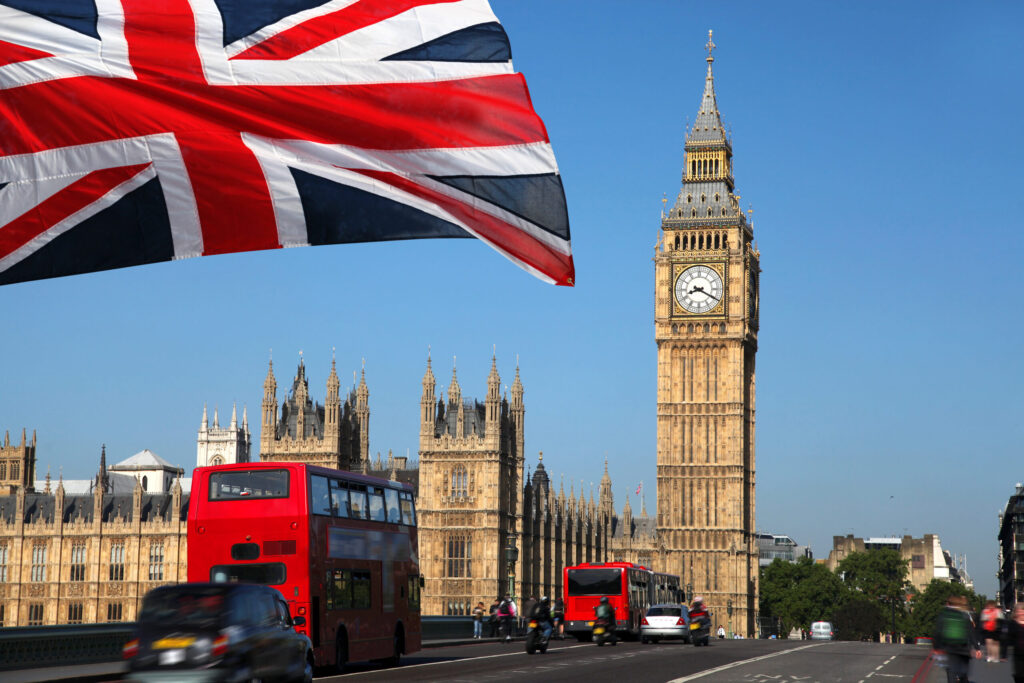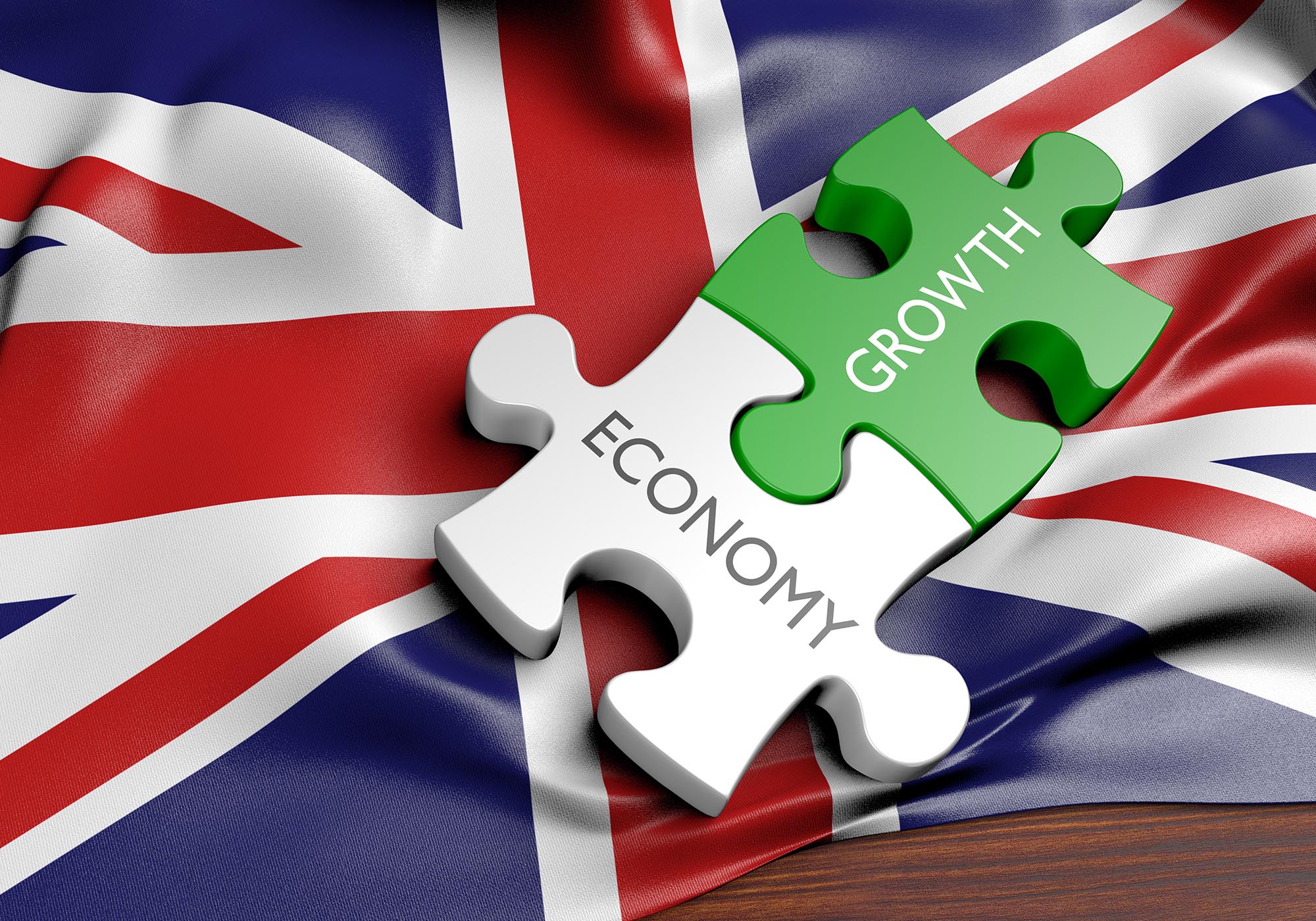The Office for Budget Responsibility (OBR) has indicated the Government’s Autumn Statement will continue to cut inflation and fall gradually to below the 2% target by 2025.
The rate of Consumer Prices Index (CPI) inflation has fallen since its peak last autumn of over 11% to 4.6% in October this year. It is expected to fall further to 2.8% in Q4 2024. The OBR expects CPI inflation to average 1.8% over 2025 before returning to the two per cent target in the medium term.
The OBR admitted high energy costs following Putin’s invasion of Ukraine led to more persistent inflation than predicted in the Spring Budget this year and services inflation, partly driven by higher wage costs, remains elevated, despite lowering food and goods prices.
The Government said high inflation reduces living standards and the OBR projects those standards will continue to fall by 0.8% in 2023-24, before recovering as labour incomes grow faster than inflation.
Economic goals
In January 2023, the Prime Minister set out three economic priorities: to halve inflation, grow the economy and reduce debt.
The economy has recovered from the pandemic more quickly than first thought, grown more than expected this year, and is forecast to grow in every year of the forecast period to 2028.
The economy is expected to grow by 0.6% in 2023 and 0.7% in 2024. Growth is then forecast to increase to 1.4% in 2025 and an average of 1.9% between 2026 and 2028 as inflation falls, helping real wages grow more quickly, and as the effect of past interest rate increases fades.
The OBR forecasts unemployment to rise to 4.6% in the middle of 2025, as slower GDP growth and higher interest rates weigh on labour demand. Unemployment is then expected to fall back to its structural rate of 4.1% at the end of the forecast horizon.
Five areas of focus
Hunt said the Government is focusing on five areas: reducing debt; cutting tax and rewarding hard work; backing British business; building domestic and sustainable energy; and delivering world-class education.
The OBR estimates that Government’s decisions at the Autumn Statement will boost business investment by £14bn and bring a further 78,000 people into employment by the end of the forecast period. This means that the combined impacts of the Spring and Autumn policy measures will increase the number of people in work by around 200,000 by the end of the forecast, according to its projections.
This year’s fiscal policies combined are forecast to increase the economy’s potential output in the medium term by 0.3%, alongside a 0.2% increase to potential GDP resulting from announcements at Spring Budget 2023.
The debt burden
After accounting for decisions at the Autumn Statement, borrowing is forecast to be lower this year, next year and on average over the forecast period compared to the OBR’s March forecast. Underlying debt is also lower as a percentage of GDP, by an average of 2.1 percentage points across the forecast.
The Government is on track to meet its debt and borrowing fiscal rules with greater headroom against both rules compared to spring. Underlying debt begins to fall from 2027-28 and then falls to 92.8% of GDP in the target year 2028-29.
NHS and school spending
The Government plans to make £14.1bn available for the NHS and adult social care and provide an additional £2bn for schools in both 2023-24 and 2024-25.
Total departmental spending will be £85bn higher in real terms by 2028-29 than at the start of this Parliament in 2019-20.
Hunt said as a proportion of income, households on the lowest incomes have benefited the most from government decisions on tax, welfare and public spending since Autumn Statement 2022.
In a raft of measures tackling tax non-compliance, the Government plans to raise a further £5bn of tax revenue over the next five years.




